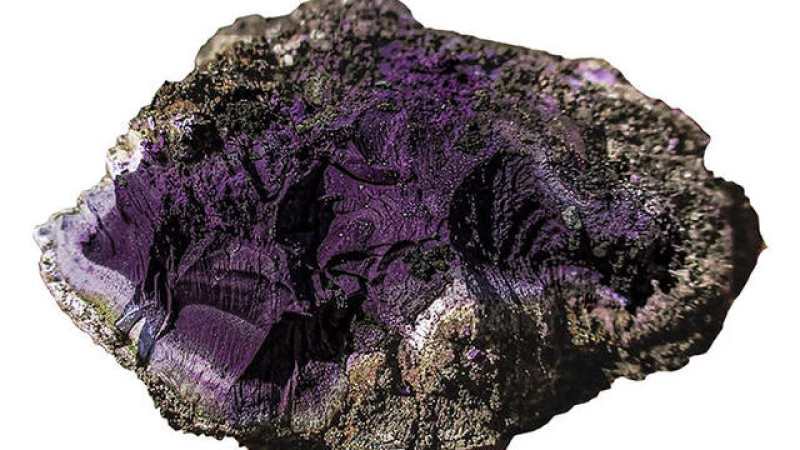During an excavation in England, archaeologists unearthed a mysterious lump of a purple substance that would have been considered more valuable than gold during Roman times, as per researchers revealed in a recent announcement.
The team behind the discovery of this soft purple substance is currently engaged in a long-term exploration of Roman artifacts in Carlisle, England, a historic city located in the heart of the country. This excavation project is being spearheaded by Wardell Armstrong, a prominent environmental, engineering, and mining firm based in the U.K.
The purple substance was stumbled upon during the 2023 excavation of a Roman bathhouse. These ancient remains belong to a third-century structure situated on the grounds of what is now a cricket club, according to reports.
Following the discovery, the team collaborated with the British Geological Society to conduct tests on the material. Further analysis by experts from Newcastle University revealed that the substance is an organic pigment containing traces of bromine and beeswax, as outlined in the announcement.
These ingredients allowed researchers to identify the substance as "Tyrian Purple," the color that the Roman Empire associated with its imperial court. The pigment is made from thousands of crushed seashells from the Mediterranean, North Africa and Morocco, according to the release, and was "phenomenally difficult" to make and expensive to produce, making it worth more than gold at the time.
The discovery of the material has led researchers to believe that the building under excavation was related to the court and may have even meant that the Roman emperor at the time, Septimius Severus, had visited Carlisle. Frank Giecco, the technical director of the organization leading the excavation project, said it is an "incredibly rare" find, especially in Europe.
"It's the only example we know of in Northern Europe – possibly the only example of a solid sample of the pigment in the form of unused paint pigment anywhere in the Roman Empire," Giecco said in the release. "Examples have been found of it in wall paintings (like in Pompeii) and some high status painted coffins from the Roman province of Egypt."







